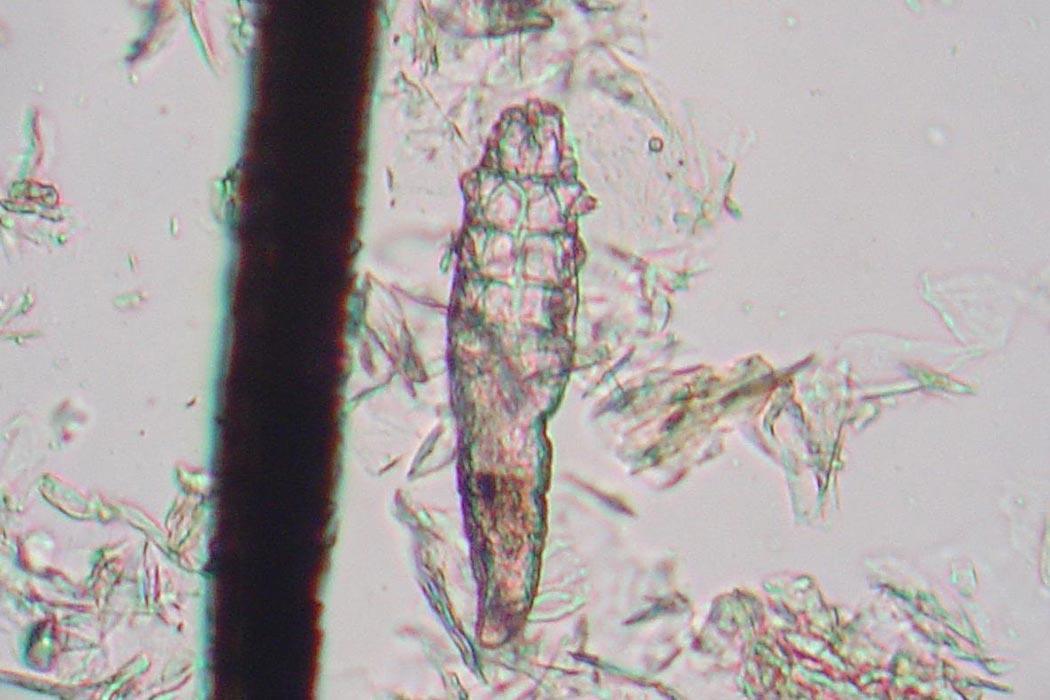You can learn a lot about someone from the microscopic mites on their face, according to this fascinating new study. Virtually everyone has these face mites—but the name is a misnomer, they actually live all over the body. A genetic analysis has determined that different groups of humans have different mites, depending upon where they originated. Mites are non-transferrable between peoples of different origin. The author of the study explains:
We discovered that people from different parts of the world host different mite lineage. The continent where a person’s ancestry originated tended to predict the types of mites on their faces. We found that mite lineages can persist in hosts for generations. Even if you move to a faraway region, your mites stick with you.
Why? What’s in it for the mites? Face mites are technically parasites, and the host-parasite relationship is unusually close. A parasite cannot easily leave its host, so when a host travels, its parasites go with it. This ultimately helps the parasite population spread and exposes them to potential new hosts.
Pelagic seabirds are a good example of this, as many species travel hundreds and even thousands of miles between feeding and nesting grounds, bringing ticks along with them. Birds of different species sometimes travel from distant locations to nest in the same colonies, often on remote islands. Each species brings its own ticks, resulting in increased tick diversity in these colonies. Leftover feathers or other materials allow ticks to thrive even when the birds have left after breeding season, meaning a diverse tick population can become permanent. Ticks can thus spread to populations of birds that had been tick-free.
In essence, these ticks are dependent on the birds for dispersal. It’s a open question whether or not a bird can pick up the ticks normally associated with a different species, or if, like face mites, each tick species is associated exclusively with a particular bird species. If ticks can switch bird species, then these islands of tick diversity may spread colony to colony, enlisting new bird species to parasitize. Moreover, as with face mites, a closer look at the ticks might help determine where the birds have been.
The human-mite relationship is a lot like the seabird-tick relationship and the U.S. is a lot like a seabird colony: all our human diversity allows for a much greater diversity of face mites. And since we can’t get rid of them, it may be time to embrace our roles as mite-dispersal vectors. Yum.







